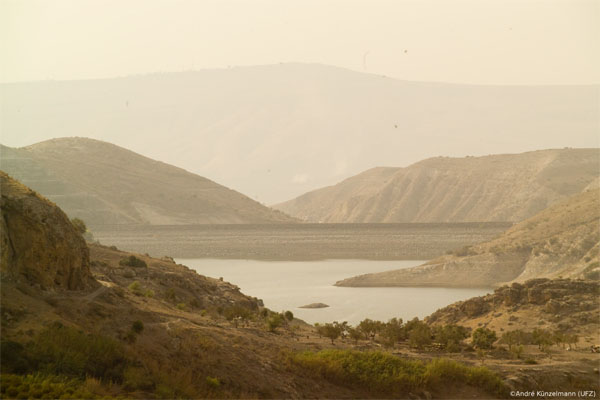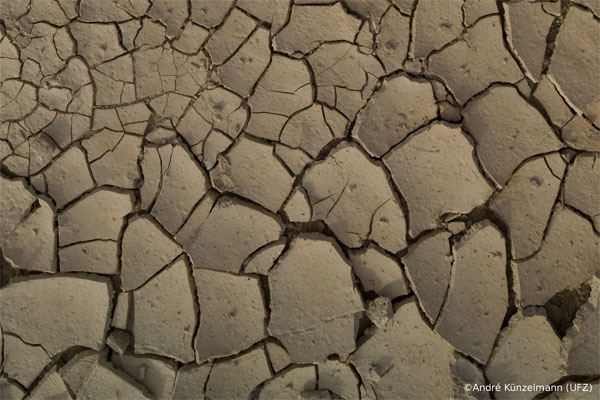Jordan Water Project – Capacity Building
Development and Implementation of a Strategic Modeling Tool for Water Management in Jordan
UFZ Team
Department of Economics
Prof. Dr. Bernd Klauer
Prof. Dr. Erik Gawel
Christian Klassert
Heinrich Zozmann
Contact
Partners
without financial contributions from the project
- Ministry for Water and Irrigation of Jordan
- Stanford University
- ÖFSE − Austrian Foundation for Development Research
- IIASA − International Institute for Applied Systems Analysis
- Water Management Initiative Jordan (USAID-Project)
Duration
10/2017 – 09/2019
Financing
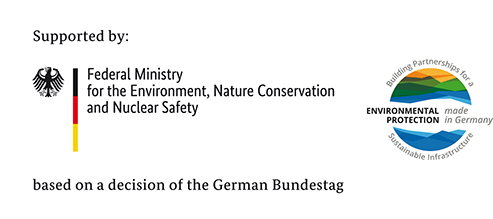
Federal Ministry for the Environment, Nature Conservation and Nuclear Safety of Germany (BMU), Export initiative for environmental technologies
Homepage
Related Projects
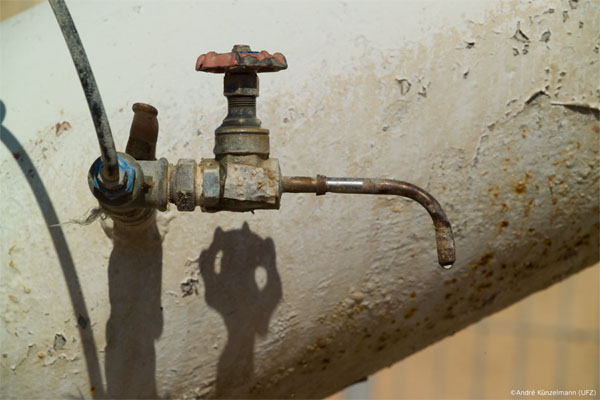
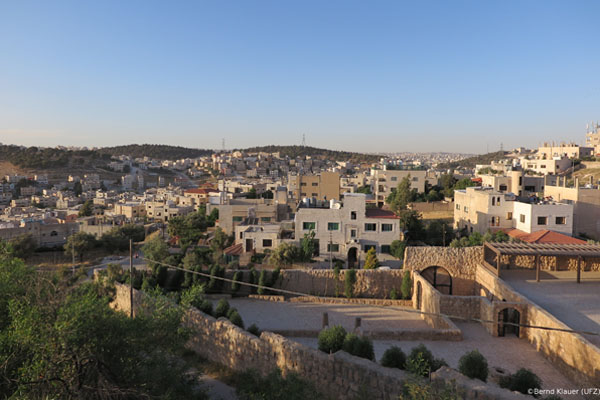
Project Summary
The Jordanian water sector faces the acute challenge of securing a sustainable water supply for the rapidly growing population of the country. Even before the Syrian civil war and the associated refugee crisis, during which Jordan’s population grew by around 35 percent, the freshwater availability per capita and year (~ 145 m³) was way below the threshold for absolute water scarcity. In the context of the Belmont Forum project „Integrated Analysis of Freshwater Resources Sustainability in Jordan“ – in short: Jordan Water Project (JWP) – a comprehensive hydro-economic simulation model of the entire Jordanian water sector was developed under the lead of Stanford University. The model enables an integrated analysis of short and long term sustainability challenges in the Jordanian water sector.
The aim of the capacity building project (JordanCap) is to further develop the JWP model and implement it at the water authorities of Jordan as a strategic management tool. To this end, the user friendliness of the model is enhanced and a comprehensive handbook will be developed. In addition, eight Jordanian expert will be trained over the course of four workshops to build cpapacities for strategic water management decisions. In particular, the project will enable the Jordanian authorities to continuously update the model with new data, to develop new management options, policies and narratives and simulate their effects on freshwater sustainability over time. The experiences of local experts applying the model in practice will be used to further optimize the tool.
